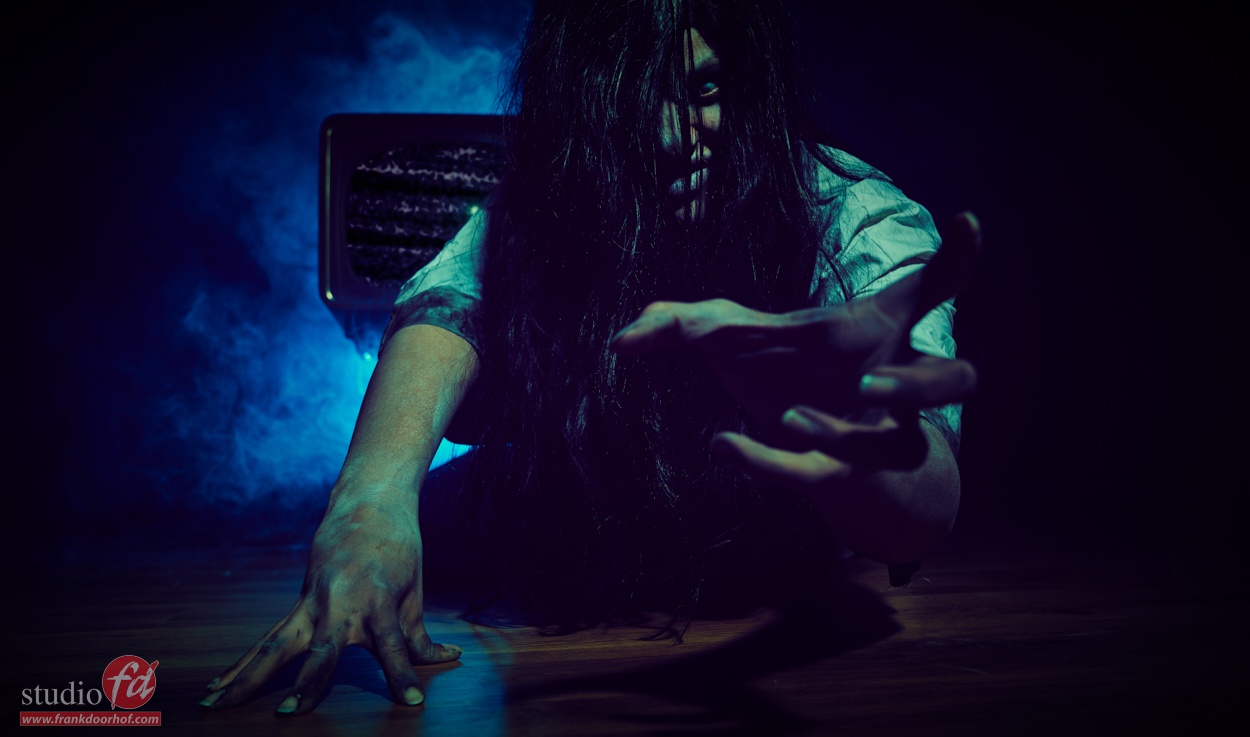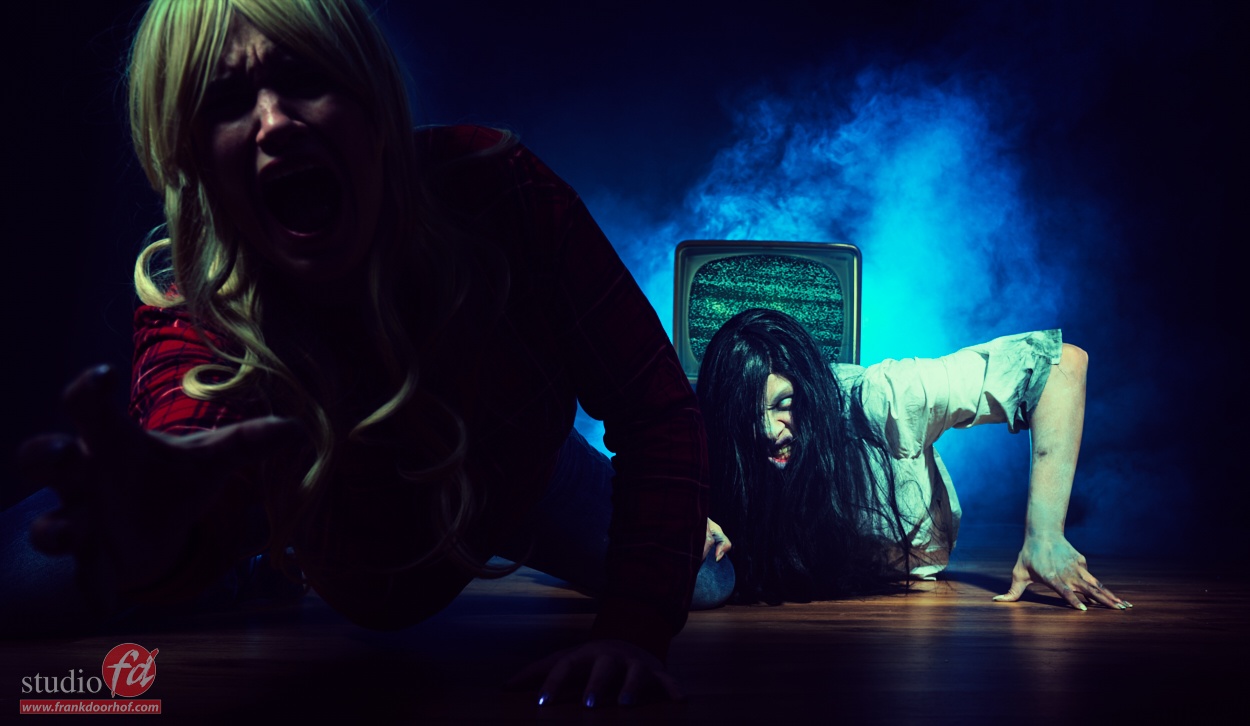How to pose hands
I think that one of the questions a lot of people struggle with (including me) is “how do you pose hands?”
Let’s be honest we all have them, and normally they are incredibly handy (pun intended) but in a photo…. well that’s where the problems often arise, what do you do with them, what do you show, or accept not to be shown, do you want them to draw attention, or not…
In todays video I dive into the topic “posing hands” and share some of my tips.
Do remember that we film these videos in one take including the images, so don’t expect stellar results, it’s just to share some ideas and hopefully help you guys.
Do you have any questions, feel free to ask them.
This video was actually created because someone on Patreon asked about it. And that’s the cool thing about our Patreon, I don’t only share behind the scenes images and videos there, but we also do a monthly portfolio review and questions are often answered within 24 hours (often even faster) plus the members help each other out too. Sounds cool?
Join our Patreon at www.patreon.com/frankdoorhof it starts at only $1.00 a month.
By joining our Patreon you help us to continue releasing free tutorials etc.
Join this week and get my Lightroom pack for free.



















You must be logged in to post a comment.